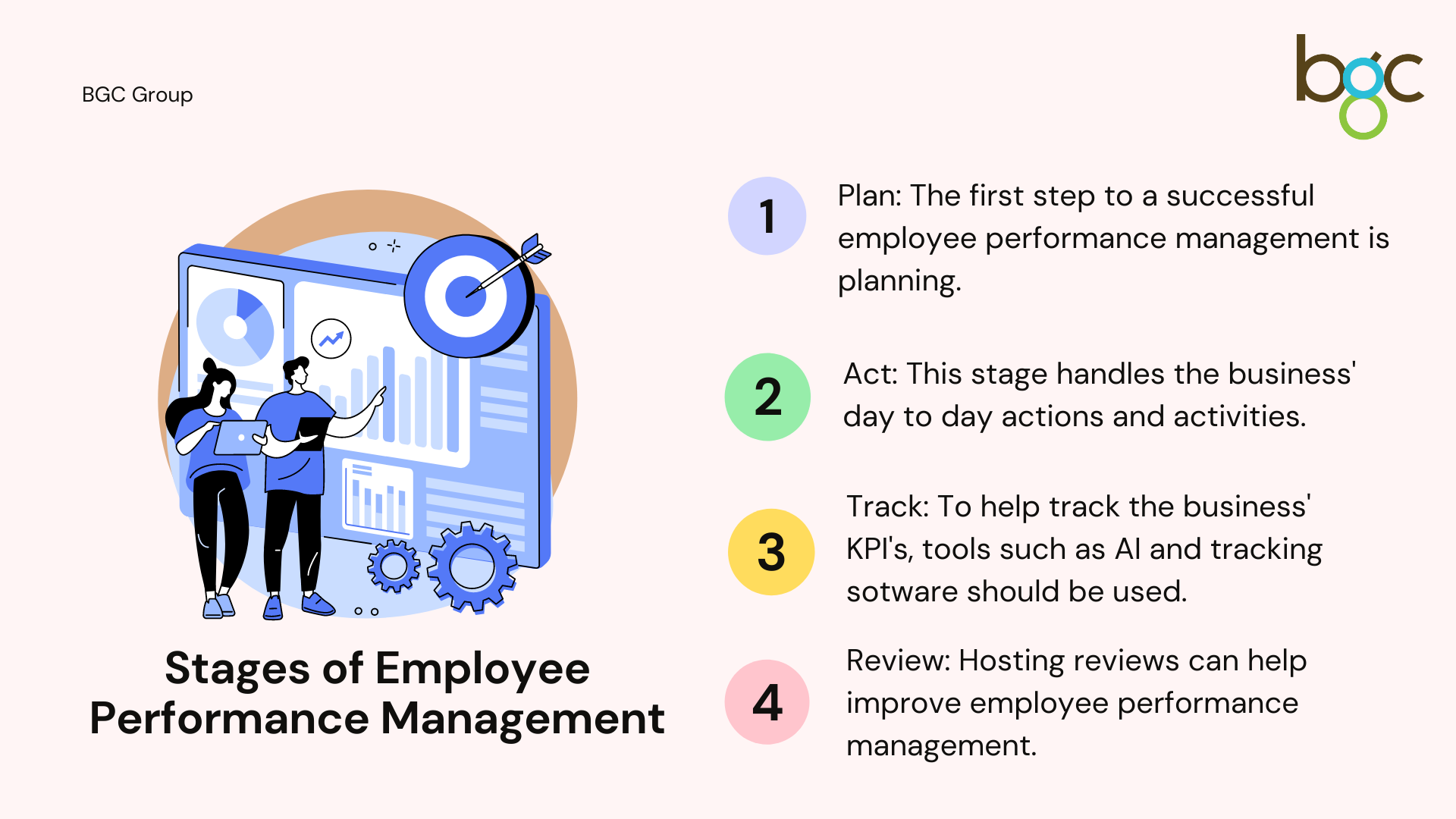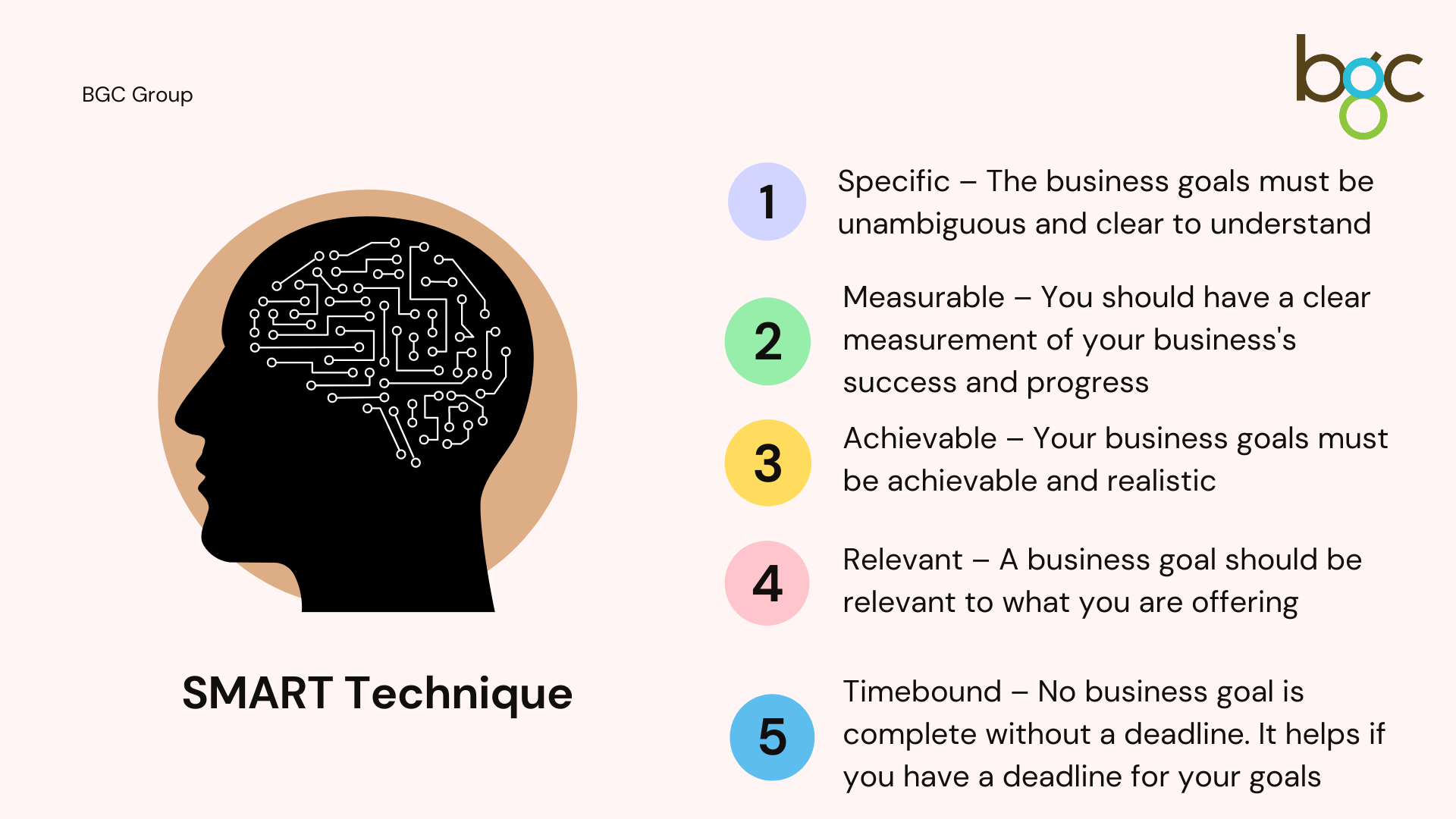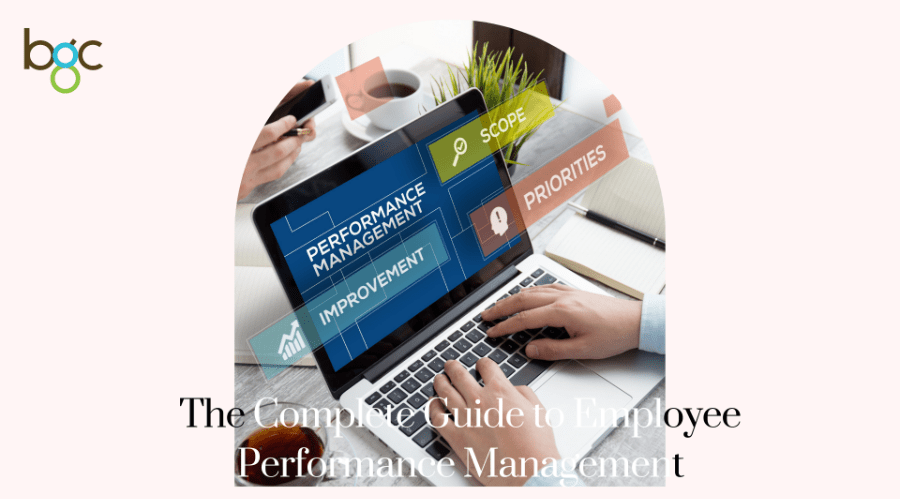Many small business owners think employee performance management (PM) requires spending a lot of money. However, employee performance management works differently from the traditional performance analysis that consumes time and money. While the conventional method of analyzing employees is limited to innovation and collaboration, performance management does a better job. If you’re interested in the opinions of an HR outsourcing agency on performance management, read on!
Today, performance management tactics are shifting to the learning, growth, and engagement of employees. It focuses on cross-organization alignment and individual development and is less an annual model. Many organizations are improving how they work with their employees with this method. Performance management is vital to the growth of any business for the following reasons:

1. A Clear Vision
If a business establishes an effective performance management model, the benefits are seen in the overall duty of everyone. It helps everyone understand the framework of their positions and work. A clear vision begins when transparent employee performance management is achieved. Poor performance of employees is drastically reduced, and effective communication is achieved. Anxiety or unnecessary scuffles happen when a business lacks a clear vision.
2. Improved Performance Measurement
When employees see their work appreciated or rewarded, it allows them to work better. While improving their individual goals, the company gains better productivity and collaboration in the workplace culture. You can gain excellent insights into the workplace and employees.
3. Increased Motivation
Confidence is essential when you improve your workplace culture. Motivation is stirred when an individual or team's efforts are recognized. Excellent feedback and recognition go ahead of a company to enhance the work productivity of its employees. With feedback, you can inspire a positive change in your business. Insights and opinions should be opened to every employee. Businesses that practice employee performance management have better productivity than those that neglect their employees' performance.
4. Effective Communication
The leadership priority of any business should include collecting feedback regularly from team members. When you establish a strong work relationship, employees are empowered to self-correct some lousy work ethics. With employee performance management, you can observe how each employee works. Businesses should be transparent with their employees and share their performance data. Employees who see how they perform weekly or quarterly have the opportunity to improve subsequently.
Stages of Employee Performance Management

Employee performance management is an iterative process that requires data and feedback to improve its functionality. Here are some of the stages of employee performance management:
1. Plan
When it comes to employee performance management, planning is vital. The main work happens in the planning stage. This stage blends business values and goals with their employees. It offers an opportunity to customize the plans for every employee. You can implement the SMART technique when creating goals for your employees.

Some businesses use Individual Development Plans (IDPs) during their planning stage. IDPs and job descriptions should clarify the works assigned to everyone. You should update your business job descriptions often to help employees understand their duty better.
2. Act
The act stage handles the actions or activities carried out by management, employees, and other bodies responsible for the day-to-day running of a business. The IDP must act as a roadmap for everyone when it is reviewed with achievements and current priorities. Some activities of the action phase include career development, continuing education, onboarding, and opportunities for improvement.
3. Track
We have numerous performance management tools and software to track the activities of everyone in a business. Artificial intelligent tools help business owners store information about the objective achievements of everybody. That's why most businesses use advanced PM software to capture individual achievements and offer feedback. Furthermore, business owners use the data extracted from these tools to analyze their workforce and find solutions to the most pressing needs.
4. Review
A great practice that improves employee performance management is hosting reviews often. You have these review meetings to hear people talk and share their insights. You can do this weekly or quarterly. In this meeting, individual feedback is analyzed. In addition, you can reward or recognize outstanding employees during these meetings. Some businesses use four stages: rating and rewarding, monitoring, employee development, and planning.
However, the Peak Performance Center handles the following stages: rewarding, reviewing, monitoring, and planning. Each method used would always bring you amazing results. However, the planning stage is the most crucial aspect of employee performance management.
How to Improve Employee Performance Management?
1. Support Real-time Communication
It would help if you learned to improve collaboration by supporting real-time communication in your workplace. You can achieve this with better work ethics and transparency. For example, you allow people to air their opinions without fear of intimidation. In addition, you should implement clear goals and feedback.
2. Leverage Technology and Data
Modern communication tools have made this possible. You should use the right and most relevant communication apps for your business. Furthermore, you should take advantage of tools like workforce analytics solutions to collect data relevant to your business.
3. Improve Workplace Design
Employees are not the only focus when it comes to performance management. You should consider your workplace design and business culture. Improve every aspect of your workplace to make it easier to work with by employees. Furthermore, you should also manage a remote development team.
4. Focus on Incentives and Employee Recognition
Learn to appreciate your employees. Unfortunately, many small businesses make the mistake of not recognizing the impact on their employees. When you overlook the effort of these people, they tend to stay away and look elsewhere for work.
5. Create Mentorship Opportunities
You should create mentorship opportunities for your employees. Mentor and coach your employees through training, seminars, and external workshops. Make them leaders in their various capacities and watch them transform your business into a more productive model.
Final thoughts
Employment performance management helps your business reach its goals faster. Employees find a common ground to relate and work to meet targets. In addition, productivity is seamlessly enhanced with this business strategy.
Author's Bio: Lori Wade is a journalist and content writer from Louisville. Lori creates news and informative articles about HR, recruiting, and employee productivity. She has been writing a lot about resume parsing software lately. You can check it here. You can find her on LinkedIn.
